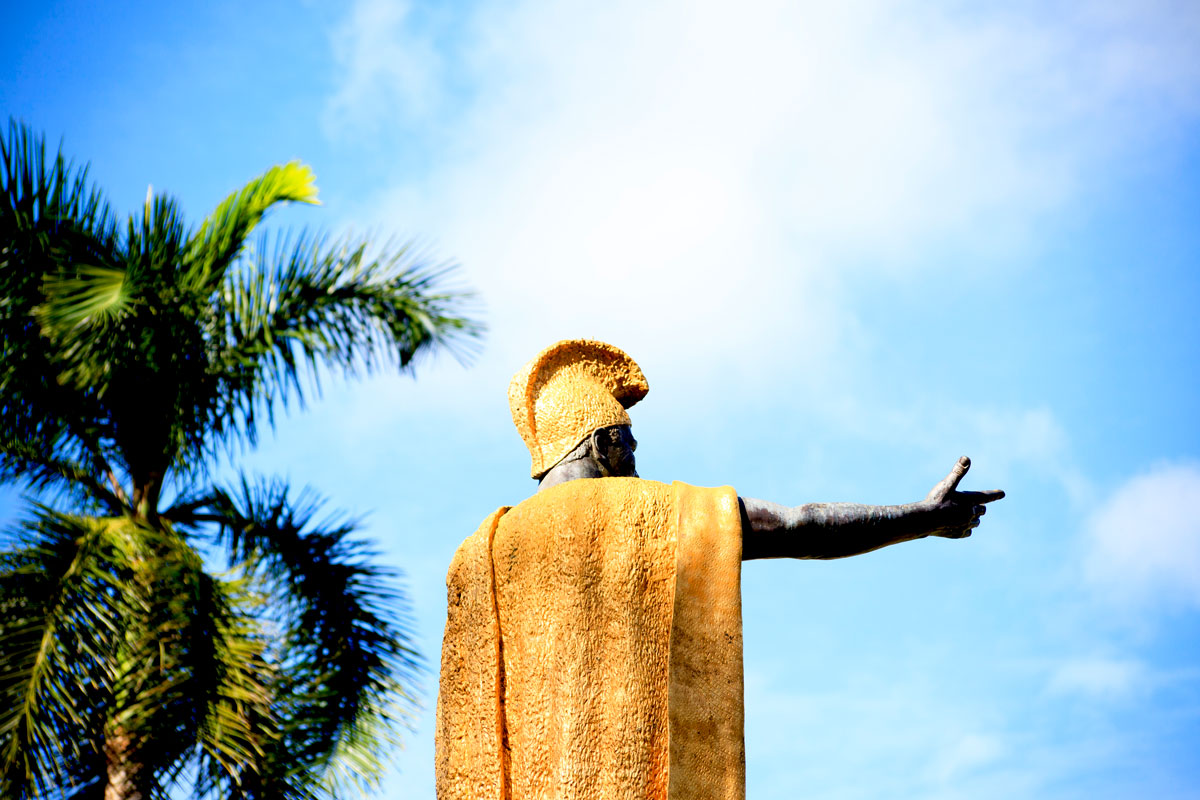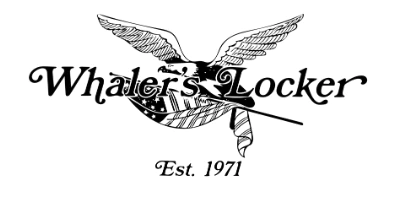
History of the Hawaiian Monarchy
The Kingdom of Hawaii was established in 1795 when Kamehameha the Great successfully waged a campaign against Oʻahu and Maui. However, an unexpected storm combined with a plague that destroyed his entire army prevented Kamehameha from overtaking Kauaʻi. Fifteen years later, the chief of Kaua'i pledged his allegiance to Kamehameha the Great, unifying all the islands. This was the earliest monarchy among Polynesian societies, and it set off a ripple effect in Tahiti, Tonga, and New Zealand.
Hawaiian History - Monarchy

From 1810, when Kaua'i joined the Kingdom, until 1893, when the monarchy was abolished, two families ruled the Hawaiian Kingdom: The House of Kamehameha until 1874 and the Kalākaua Dynasty until 1893. Hawaiian history recounts eight monarchs.
Hawaii’s Monarchs
- Kamehameha I
- Kamehameha II
- Kamehameha III
- Kamehameha IV
- Kamehameha V
- Lunalilo
- Kalākaua
- Liliʻuokalani
Hawaiian Facts
The Kingdom of Hawaii has a rich and fascinating legacy that still lives on today. Let's explore some of the interesting Hawaiian facts that make up the islands’ culture.
- There are two official languages
- There are two state capitals
- Hawaii honors past monarchs
- Hawaii has its own flag
- The truth about how the monarchy came to an end
ʻŌlelo Hawaiʻi:
In addition to English, in 1978, the native language of Hawaii, ʻŌlelo Hawaiʻi, was officially made the second language of the state. A very troubling Hawaiian fact is that as of 2001, less than .1% of Hawaii's population were native speakers. Beginning in 1848, with the increase in white settlers, the number of Hawaiians speaking ʻŌlelo Hawaiʻi gradually decreased.
The native Hawaiian language is considered critically endangered by the United Nations Educational, Scientific, and Cultural Organization, UNESCO. To help combat the complete extinction of their language, Aha Pūnana Leo, Hawaiian language immersion preschools, were established in 1984. In addition, the Hawaiian Nation Park Language Correction Act of 2000 changed the name of multiple national parks to observe the Hawaiian spelling.
Lahaina to Honolulu:

Most people know that Honolulu is the capital of Hawaii. But Hawaiian history tells us that the city of Lahaina, on Maui, was the original capital before being relocated to Honolulu on O’ahu.
A fun Hawaiian history fact is Honolulu was named the capital in 1848 by King Kamehameha III for the Kingdom of Hawaii. When Hawaii became the 50th state in 1959, it was officially made the capital city for the state of Hawaii.
Honolulu translates to Sheltered Harbor, which has an added significance since one of the more tragic Hawaiian facts is the historic attack at Pearl Harbor on December 7, 1941.
June 11th and March 26th:
Native people are rightfully proud of their Hawaiian history and choose to honor and celebrate their past leaders of the Kingdom of Hawaii, especially Kamehameha the Great and Prince Jonah Kuhio Kalanianaole.
- Kamehameha Day - June 11
- Prince Kuhio Day - March 26
Both of these days are considered official state holidays and are celebrated with festivals and parades. King Kamehameha the Great is credited with uniting all the islands and is celebrated across all the islands on this day for his role in Hawaiian History.
While King Kamehameha is revered for his impact on Hawaiian history, Prince Kuhio is recognized for his contributions to the modern state of Hawaii.
Some interesting Hawaiian facts about Prince Kuhio:
-
He served as the Territorial Delegate to the US Congress

- Prince Kuhio penned the first Hawaii Statehood bill in 1919
- He was instrumental in the passing of the Hawaiian Homes Act of 1921
As far as Hawaiian facts go, the most fascinating is that the islands of Hawaii are responsible for the only two United States holidays dedicated to royalty.
Wave Aloha:
Kamehameha the Great commissioned the first flag of Hawaii in 1816. The flag has represented the nation and people of Hawaii for over 180 years. A part of Hawaiian history that is often not talked about but could have changed the course of the islands’ history is the five-month occupation of Hawaii by Lord Paulette.
Great Britain sent Admiral Richard Darton Thomas to end the occupation and officially recognize the sovereignty and flag of Hawaii. On July 31, 1843, Admiral Thomas officially restored the flag of Hawaii. As a show of gratitude, the location of Thomas declaring the end of the occupation was officially named Thomas Square by King Kamehameha III. A fun Hawaiian fact is that Thomas Square is the oldest city park in Hawaii.
The Hawaiian flag was recommissioned and dedicated by Kamehameha III on May 20, 1845. A Hawaiian fact is that the flag pays homage to Hawaiian history by incorporating the Union Jack from Great Britain and eight alternating horizontal red, white, and blue stripes representing the Hawaiian Islands.
The Hawaiian Islands
- Hawai’i (Big Island)
- Kaho’olawe
- Kaua’i
- Lana’i
- Maui
- Moloka’i
- Ni’ihau
- O’ahu
End of an Era:

January 17, 1983, is easily the most influential and recognizable date in Hawaiian history. The day when the Hawaiian Monarchy was overthrown, forcing Queen Lili’uokalani to abdicate in the illegal annexation of Hawaii. The Kingdom of Hawaii was dissolved two years later and eventually led to Hawaii becoming the 50th state in the United States of America.
During the 1800s, missionaries and traders from the United States and Europe began to arrive in Hawaii. Unhappy with the power the monarchy held and wanting a more British-style monarchy, they created the Hawaiian League party during the rule of King David Kalākaua.
The Hawaiian League drafted a new constitution restricting the powers of the king and increasing legislative powers. It included voting rights for wealthy non-citizens of Hawaii while at the same time excluding Asians and requiring Native Hawaiians to own land and pass literacy requirements in order to vote. The missionary-based group was backed by a militia who violently threatened King Kalākaua into signing the new constitution.
A very sorrowful Hawaiian fact that reflects the nature of this event, this constitution is known as the Bayonet Constitution because it was literally signed at gunpoint.
Hawaiian Monarchy Facts
The Hawaiian Monarchy is an integral part of Hawaiian history for many reasons. It is not only responsible for Hawaii as we know it today, but it created a rich and bountiful culture. From the very beginning of its inception as the Kingdom of Hawaii uniting the eight islands until its violent downfall, it held tightly to its history. With preschool language programs implemented in the mid-1980s to restore the native language, Hawaiians are on track to hold on to one of their core historical elements.

